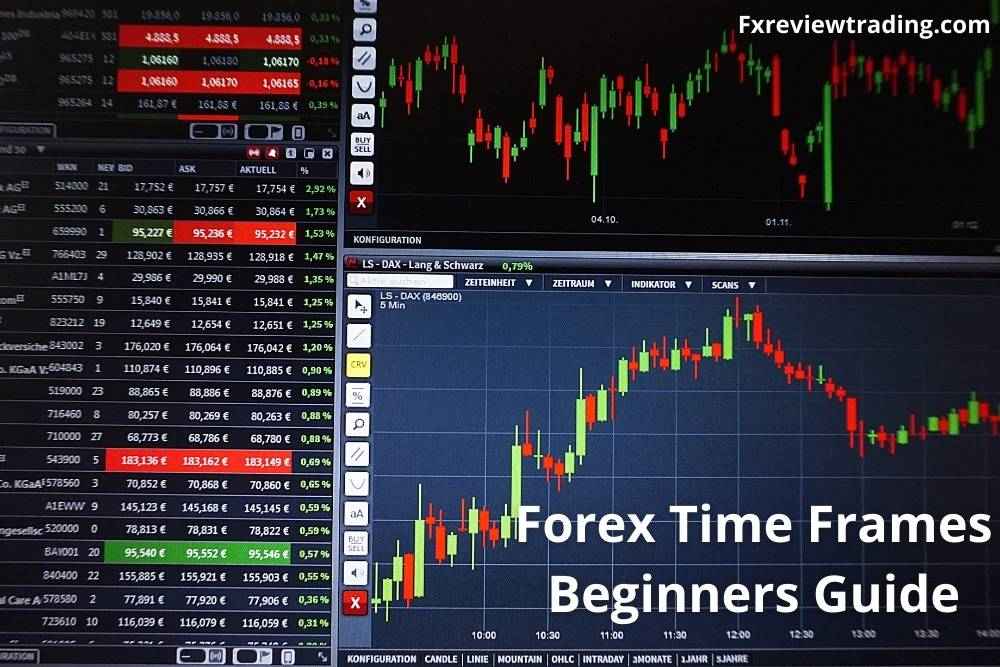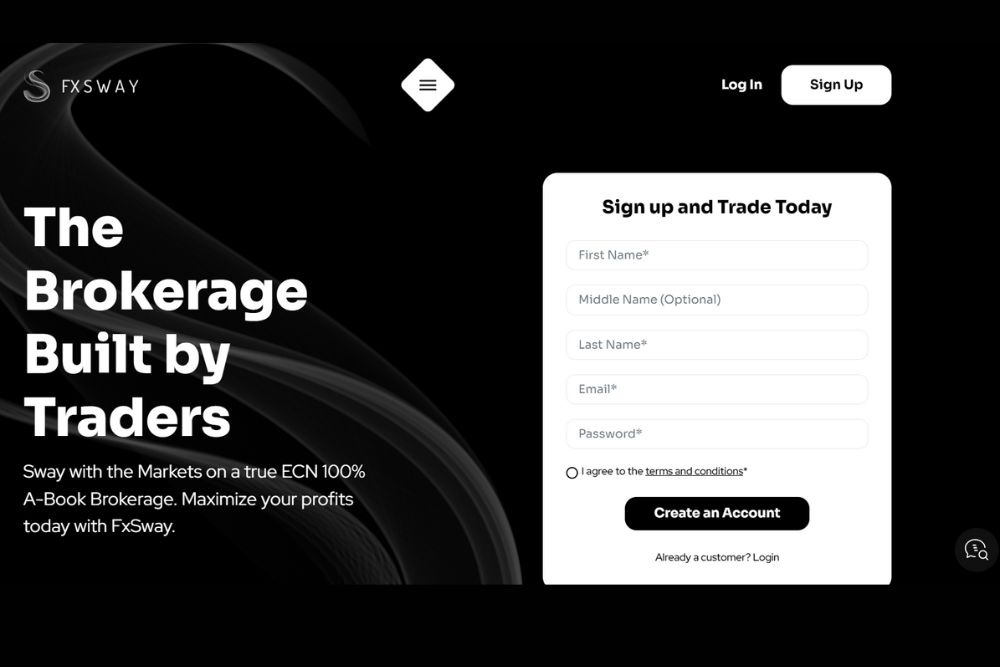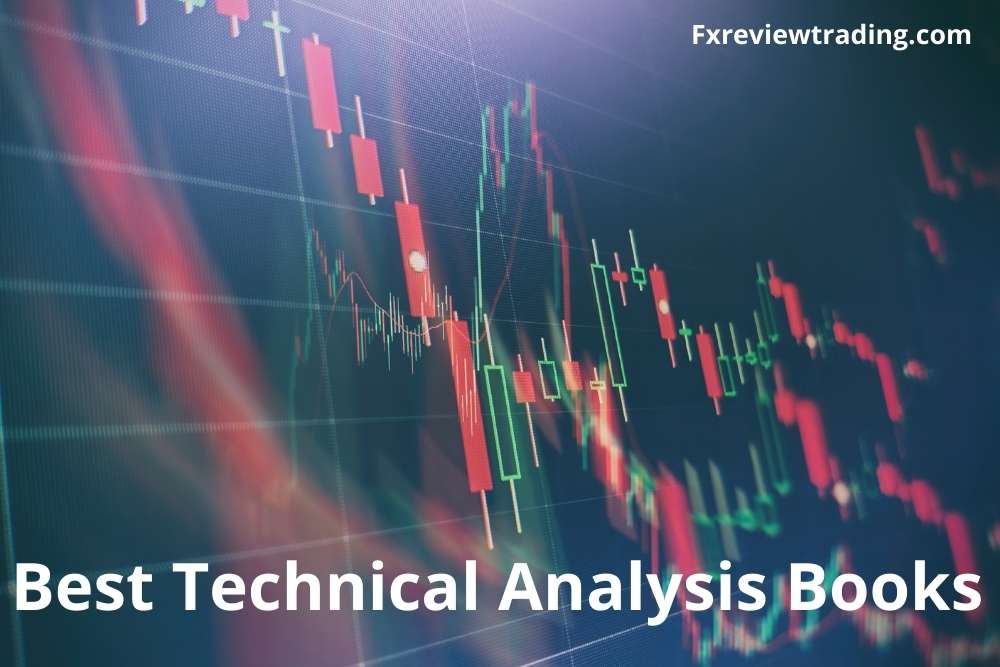Forex Time frame analysis is one of the vital skills for forex traders. With time frame analysis, you can spot larger trends by reading the charts, developing strategies, checking support and resistance levels, and identifying entry and exit points. There can be different viewpoints according to the different forex time frames on the same currency pair.
There are multiple benefits and drawbacks of the time frame analysis. It is essential to know about the time frames before you start trading in currency markets. The idea here is to make the best out of your trading journey, and it will serve the purpose of your higher returns and cut off the potential losses. You can benefit from the time frame analysis at a whole new level.
Here we give you insights of the time frame analysis and how you should implement the various time frames according to the different market conditions. Therefore, you can choose a particular time frame, know the challenge, and use it according to market trends.
What are Forex time frames?
A time frame in foreign exchange is referred to the unit of time you choose for Forex trading. The forex time frames can be in minutes, hours, days, and even weeks. After conducting thorough market research and figuring out your trading style, you can choose what time frame is suitable for you. Always select the time frame that suits your trading strategy.
It would help if you acknowledged the multiple forex time frame analysis before you start forex trading. The time frame can be described in three frequencies or periods such as short-term, medium-term, and long-term. You can choose out of these periods according to your trading strategy.
You can use three-time frames altogether or individually, depending on your requirement. As mentioned above, you need to choose the time frame according to the trading strategy or trading style. What does that mean?
The adopted trading style will tell you the suitable forex time frames. For example, if you do position trading, a weekly long-term time frame is ideal for you. Similarly, for swing trading, a daily medium-term time frame is suitable, and for day trading and scalping, minutes or hourly short-term time frame is the best fit.
The forex time frames can be further classified as trigger time frames: daily, hourly, 4-hour, and 15-minute.
What is time frame analysis?
The technique of viewing the same object multiple times is known as multi-timeframe analysis. The best periods for spotting trends and entry points vary according to the type of trade and holding length.
While using more than two timelines is possible, the extra complexity leads to diminishing returns in terms of actual benefits. Instead, traders should employ a 1:4 or 1:6 ratio, such as a 1-hour chart for entering and a 4-hour chart for detecting the trend.
A swing trader, for example, may look at a daily chart to assess the long-term trend before switching to a 4-hour chart to find particular entry and exit points. When first starting, most traders should adhere to two time periods, with the option to extend to three if necessary.
Many traders who use technical analysis to trade forex will study charts that span multiple time frames to fine-tune their research. Each of the traditional chart patterns may be seen on short, medium, and long-term forex charts due to the fractal nature of market price activity.
In addition, Elliott Wave Theorists frequently examine charts from a variety of periods in order to determine their most likely wave counts. Furthermore, depending on the time frame in question, many technical analysts make varying projections for a specific currency pair.
One of the key reasons experienced traders utilize numerous monitors at their trading desks is the ability to look across multiple periods. Many traders have two charts open in separate windows or monitors at the same time. Tunnel vision, which occurs when a trader only concentrates on the one-time frame, is something you don’t want as a trader.
They can immediately refer to the long-term trend before joining or quitting short-term holdings in this manner. In addition, many traders employ Multiple Time Frame Analysis since it gives them an advantage in banking earnings. When you conduct a multiple time frame analysis, you evaluate what is happening on other time frames that may impact your position.
Best Forex time frames
Intraday time frame
This time window encompasses the majority of trading activity that takes place throughout the current trading day. They might also try to figure out what the market’s most recent support and resistance levels are. To analyze this recent price action, technical analysts will typically utilize charts with relatively short bars.
Traders that use intraday charts and their related technical indicators will frequently analyze them for signals that the market is in the process of reversing, regardless of their trading style.
They are mainly scalpers or day traders, but they could also be swing or trend traders who want to time their trades more precisely when a trading signal approaches. In general, forex traders use such charts to concentrate on the intraday time frame because they anticipate a market entry or exit.
Short term or near term time frame
This common time frame for technical analysis usually covers the previous month of trade or less. For example, a short-term trading plan would include deciding whether to sell a trading position on Friday or take the risk of keeping it open over the weekend for more possible gains.
Technical traders who hold overnight positions can frequently look a little further forward in their research by evaluating this previous price action.
Furthermore, they can often construct and enhance an objective plan for how to trade in the next few days. Hourly or four-hour bar charts are frequently used to evaluate it.
Medium-term time frame
This time range will normally be displayed on a chart with daily bars and represent what has happened in the last several months.
Moving averages can also be used by forex traders to smooth the medium-term price action of a currency pair, making it easier to spot trends. In addition, it gives forex traders an overall solid picture of the current trend, making it particularly useful for those who use trend and swing trading methods.
Long-Term time frame
This extended time frame depicts the currency pair’s price behavior over the last several years. Hence, carry traders, and other forex traders consider taking positions that they may hold for months.
A year should look at the long-term technical picture for the currency pair in question. This can provide a solid overall view of the market’s recent price action and is usually analysed using a weekly bar chart.
Very Long-term time frame
This maximally extended period encompasses the overall historical perspective of a currency pair’s exchange rate behaviour. This time frame could also be useful for investors considering making overseas investments that involve currency risk for an economic cycle. When looking at prices in this time span, a bar chart with monthly bars is frequently utilised.
Hedgers who have particularly long-term currency exposures to protect, generally due to investing or dealing abroad, can apply such an analysis. Traders will typically plot exchange rates across the entire range of price data available to them.
Pros and cons of forex time frames
Pros
There’s no need to sit in front of the Trading Screen all day. It’s also relatively easy to monitor your positions on higher time frame charts on a frequent basis, such as every 2 hours, 4 hours, or even once a day.
The most significant benefit of trading in a higher time frame is that it eliminates the need to be in front of the computer for the entire trading day.
After-market price movement can be easily analysed, and positions are taken based on that analysis. Because of the slow price action, it may be required to wait patiently for the trade setup, but it is not necessary to sit in front of the screen all day.
Emotional Control is Improved
Trading on a longer time frame allows you to manage your emotions better. The sluggish price movements will enable you to assess and take calculated risks thoroughly.
Because you won’t be staring at a screen for the majority of the day, you’ll be less prone to overtrading and other psychological blunders.
This also ensures that you don’t make emotional decisions while trading. It is easier to make better trading decisions when you are less emotional.
Opportunities with a better risk-to-reward ratio
A better stop-loss is one of the most prevalent arguments for trading in a lower time. Although your stop-loss may be smaller, the frequency with which prices strike your stop-loss is much higher on a lower time frame.
Higher time frame charts have a more extensive average range of movement. Therefore a broader stop-loss is generally compensated by a more comprehensive goal.
On the other hand, higher time frame trades have a broader stop-loss and a better target level. With a lower trading capital and a lower time frame chart, the stop-loss will be lower, and target will be higher, and so on.
Cons
There are fewer wins and more losses
One of the main disadvantages of trading fewer time frames, in my experience and from educating other traders, is that you might lose your entire trading capital in a short amount of time.
A single bad deal without established risk management can wipe away all of your winnings from the previous three to four days in a matter of minutes. As a result, one must develop a successful trading strategy that guarantees high-probability trades.
As a result, you must ensure that your trading method has a strong probability and risk orientation before trading in the lower time period. Lower time frame traders are more likely to lose money and have fewer wins.
Risks on the Day of the Event
The trade day on which big news events occur, such as Monetary Policy, Quarterly Results, and so on, is known as an Event Day. This is because the price movement will be exceedingly erratic, and trade done without effective risk management could result in significant losses.
On event days, traders should be more cautious, especially if trading on a lower time period. Because event days have the capacity to influence the overall market sentiment, they come with a lot of dangers.
Effects on the Mind
On lower forex time frames, impulsive trading is prevalent. Again, this is because you are more likely to react emotionally to fast-moving prices. For others, however, it is preferable to avoid trading in a shorter time frame to reduce the risk of financial disaster. But, of course, we all know that trading and emotions are incompatible.
Lower time frames can be chosen by an experienced trader who can overcome these limitations. These forex time frames allow for less time for thinking and planning, leading to emotional trading judgments. Lower time frame price swings are so quick that they always have a psychological influence on the trader.
Bottom Line
It is essential to conduct a forex time frames analysis before you start trading. To maintain the value of the capital of your investment portfolio, time frame analysis can help you by adding various asset classes. The process is quite useful to hedge against your potential losses. You can sign up with the brokerage firm ABinvesting for flexible forex time frames.
The forex broker is well known for providing 7-time frames on all trading platforms including ABinvesting mobile app.








